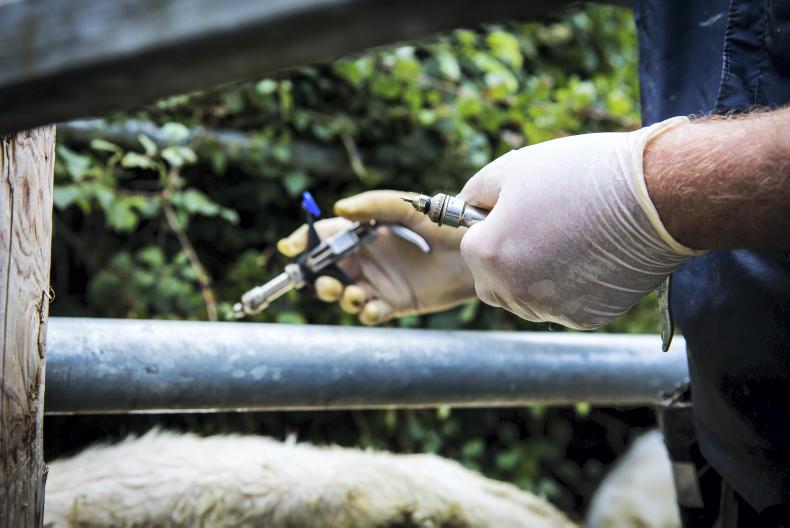The number of cattle that have been identified as bovine TB reactors is at its highest level in over a decade as latest Department of Agriculture figures show disease trends continue to deteriorate.
From the end of September 2019 to the end of September 2020, 21,289 cattle were identified as TB reactors. In that time, 4,492 herds have had TB restrictions imposed on them, with 2,813 farm families currently 'locked up'.
At the end of September 2020, the national herd incidence, which records the number of tested herds that experience a new TB breakdown, was 4.25%.
Herd incidence is now at its highest level since 2012 and reactor numbers are now at 2009 rates.
TB levels reached a historic low in 2016, with gradual increases ever since. The Department warns that the pace of deterioration has accelerated in 2020.
Blackspots
The highest levels of TB are in the northeast counties of Monaghan, Cavan, Louth and north Meath. Parts of Clare, Galway and Wicklow are also experiencing elevated levels of TB.
In a bid to target the areas worse hit, "high impact TB control plans" have been rolled on in Monaghan, parts of Cavan, Meath, Louth, Westmeath, Offaly, Cork and Clare.
While TB levels remain close to historically low levels, the recent slip in progress has been concerning. A meeting of the TB stakeholder forum was called on 1 October to plot a course towards reducing TB incidence.
Throughout the rest of the month the Department will hold discussions with all stakeholders to develop a renewed TB eradication strategy.
Badgers
The Department will text farmers in the coming days to ask them to notify the presence of badger setts on their lands to ensure wildlife transmission is tackled.
Farmers have been advised to stop badgers getting to cattle, stop cattle getting to badgers, and to tell the Regional Veterinary Office if there are setts on the land.
Read more
Department steps up engagement with farmers on TB and badgers
Rising TB costs force Department’s hand on further action
The number of cattle that have been identified as bovine TB reactors is at its highest level in over a decade as latest Department of Agriculture figures show disease trends continue to deteriorate.
From the end of September 2019 to the end of September 2020, 21,289 cattle were identified as TB reactors. In that time, 4,492 herds have had TB restrictions imposed on them, with 2,813 farm families currently 'locked up'.
At the end of September 2020, the national herd incidence, which records the number of tested herds that experience a new TB breakdown, was 4.25%.
Herd incidence is now at its highest level since 2012 and reactor numbers are now at 2009 rates.
TB levels reached a historic low in 2016, with gradual increases ever since. The Department warns that the pace of deterioration has accelerated in 2020.
Blackspots
The highest levels of TB are in the northeast counties of Monaghan, Cavan, Louth and north Meath. Parts of Clare, Galway and Wicklow are also experiencing elevated levels of TB.
In a bid to target the areas worse hit, "high impact TB control plans" have been rolled on in Monaghan, parts of Cavan, Meath, Louth, Westmeath, Offaly, Cork and Clare.
While TB levels remain close to historically low levels, the recent slip in progress has been concerning. A meeting of the TB stakeholder forum was called on 1 October to plot a course towards reducing TB incidence.
Throughout the rest of the month the Department will hold discussions with all stakeholders to develop a renewed TB eradication strategy.
Badgers
The Department will text farmers in the coming days to ask them to notify the presence of badger setts on their lands to ensure wildlife transmission is tackled.
Farmers have been advised to stop badgers getting to cattle, stop cattle getting to badgers, and to tell the Regional Veterinary Office if there are setts on the land.
Read more
Department steps up engagement with farmers on TB and badgers
Rising TB costs force Department’s hand on further action






 This is a subscriber-only article
This is a subscriber-only article











SHARING OPTIONS: